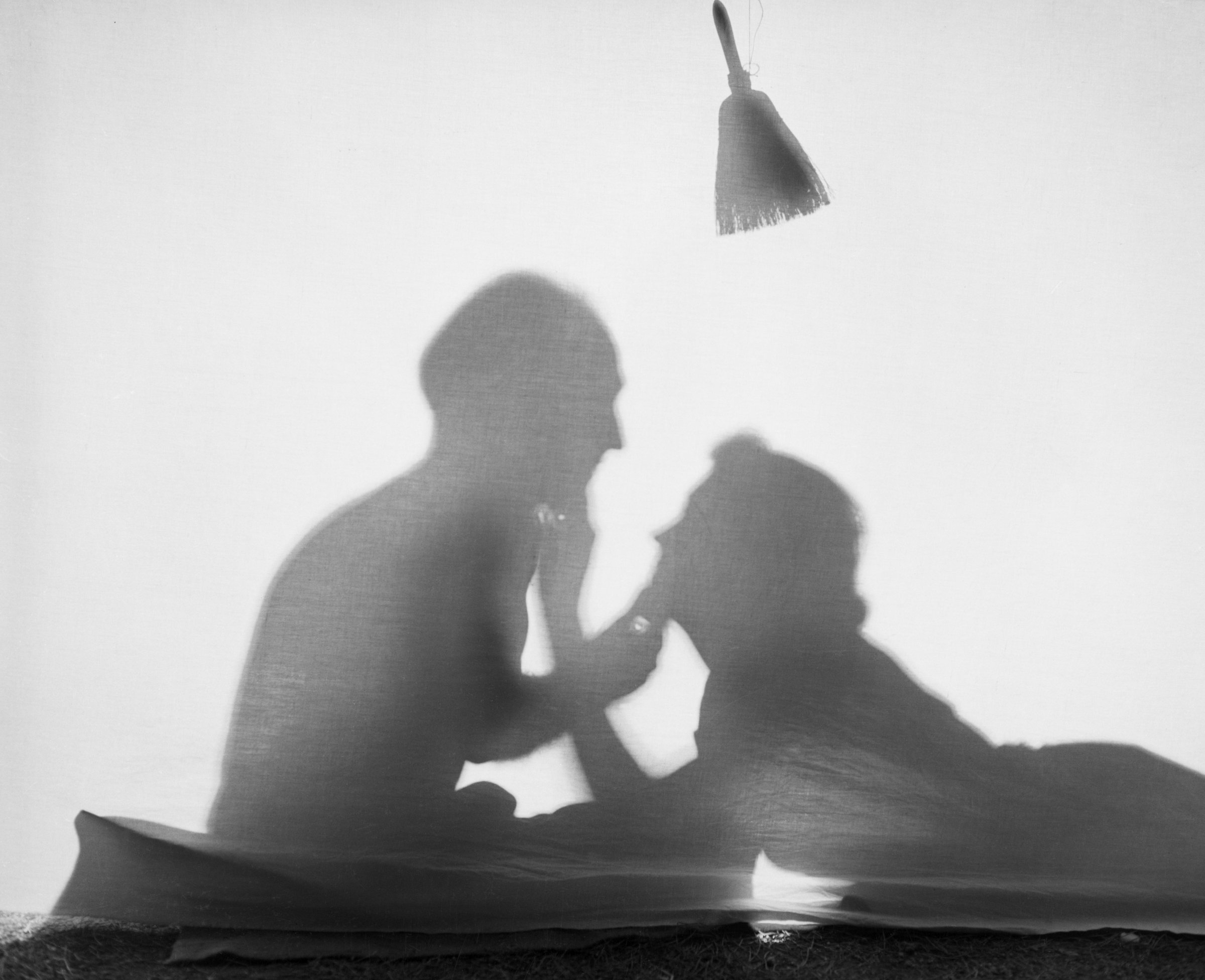
We all know couples who, on the surface at least, seem incompatible. One person is an introvert, the other an extravert; one likes fine wine, the other never drinks; one is deeply religious, the other doesn’t believe. It’s those pairs who give rise to the idea that opposites attract. But that notion appears to be mistaken. According to a new study in the journal Nature Human Behavior, most partners tend to be profoundly similar—sharing up to 89% of the traits the researchers analyzed, including not just religiosity, alcohol consumption and introversion or extraversion, but also political values, IQ, level of education, openness to new experiences, susceptibility to depression, age at which each partner became sexually active, and more.
“Positive correlations between both members of a couple are the rule, not the exception,” says Matthew Keller, professor of psychology and neuroscience at the University of Colorado, Boulder, and one of the paper’s authors. “The degree of spousal similarity can be really high.”
The sample group the researchers surveyed was both wide and deep. First, they conducted a meta-analysis of 22 traits couples may or may not share which were studied in 199 published papers going back as far as 1903. Collectively, those papers contained information on 8.5 million people. Next, they turned to the UK Biobank, a British data bank that contains the genetic, health and behavioral information of over half a million U.K. residents who volunteered to contribute to the project. The researchers used information from nearly 80,000 of those volunteers, surveying them for 133 traits, such as substance use and level of education. (In this paper, all of the people studied were male-female pairs. The authors are currently at work on a new paper on same-sex couples that they hope to publish next year.)
The metric the investigators used to crunch the numbers they got from the biobank and the meta-analysis uses what are known as 95% confidence intervals, a statistical tool that allows researchers to conclude with 95% certainty that a particular fact they’re seeking is true. The authors of the paper plotted their results on a scale that ran from 1.0 at the top, down to -0.5 at the bottom, with 1.0 representing perfect convergence (all of the people studied had a particular trait in common with their partner) and -0.5 representing perfect non-convergence (none of the couples did). Zero, which lies between the 1.0 and the -0.5 represents randomness, with no particular correlation one way or the other.
Of all of the traits the researchers studied, so-called passive traits—ones that are more demographic than personal—tended to be the ones partners had most in common. Year of birth, for example, had a convergence score of 0.9. Where the partners met was not covered by the new paper, but would likely show convergence as well. “If you’re in a city,” says Keller, “you’re more likely to select a partner from the same city.”
Other measured traits are more actively chosen by individuals. In an extremely partisan era, it’s little surprise that political values scored high, with couples having a 0.6 convergence on what their views on political and social issues are. Religiosity and educational level scored a 0.6, too. Sexuality—specifically, the age they first had sex—had a relatively high correlation of about 0.4. Bad habits, especially drinking to excess and smoking, also showed convergence, with over-drinking scoring 0.28 and smoking coming in at 0.5. Having a substance abuse disorder scored 0.43. In these cases, the unhealthy behavior may have a contagious quality to it, with one partner picking up a habit from the other.
“This convergence can be a very rapid process,” says Keller. “If a spouse smokes or drinks when you’re around, you’re exposed to it more and you may begin to mimic your partner.”
Read More: The Science Behind Happy Relationships
Physical traits did not correlate quite as closely as behavioral ones do, but they were solidly above the zero line too. Height had a correlation of 0.25, with tall people tending to choose a tall mate and short people choosing a short mate. Something similar is true of weight—with a 0.23 convergence. Emotional and psychological conditions correlated as well—but the numbers were relatively low. A predisposition to depression was about 0.2 and neuroticism was 0.1
“The degree of spousal similarity is really high for things like social attitudes, educational attainment and substance use,” says Keller. “It’s lower—but still positive—for psychiatric traits and personality traits.”
Only three traits—hearing difficulty, a tendency to worry, and chronotype (whether someone is a morning person or a night owl)—had a negative value, falling just below the zero line and indicating a more-than-random non-convergence. In every other case, the convergence was either at or above zero.
Such two-of-a-kind pairing, or assortative mating, can come at a cost, said Tanya Horwitz, a predoctoral trainee at the University of Colorado, Boulder, and lead author of the paper. If people sort themselves by height, for example, it can lead to a next generation of more people at the low and high end of the height spectrum and a gulf in the middle. Negative psychiatric and medical traits can be more easily passed on to children if both parents suffer from them. And when highly educated—often wealthy—people cluster together, the socioeconomic divide can widen. Choosing a mate may be a very personal thing, but it can have a very big impact.
More Must-Reads From TIME
- The 100 Most Influential People of 2024
- Coco Gauff Is Playing for Herself Now
- Scenes From Pro-Palestinian Encampments Across U.S. Universities
- 6 Compliments That Land Every Time
- If You're Dating Right Now , You're Brave: Column
- The AI That Could Heal a Divided Internet
- Fallout Is a Brilliant Model for the Future of Video Game Adaptations
- Want Weekly Recs on What to Watch, Read, and More? Sign Up for Worth Your Time
Write to Jeffrey Kluger at jeffrey.kluger@time.com